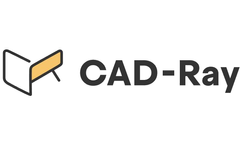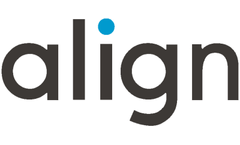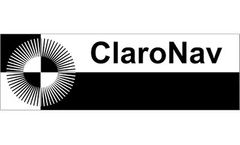Oral Scanner Articles & Analysis
5 news found
In this article we detail everything you need to capture to design and all on x type of restoration so you can quickly print a prosthesis and deliver it to your patient as quickly after surgery as possible. We think it is best to start with the end in mind and work backwards to the models you need to ...
ByCAD-Ray
The field of view of or scan area is probably the most important factor to keep in mind with ios. i don’t know of a single study that discusses this. Admittedly i don’t read any studies on digital dentistry because they are riddled with errors and nonsense here i demonstrate how a small field of view set deliberately affects our results and introduces errors. what happens when you ...
ByCAD-Ray
Dentate cases can introduce errors in your models due to refraction, reflection, and light transmission right through enamel. The asymmetric tooth morphologies can help your scanner stay on track. Flat/edentulous plane/ridges introduce a whole other set up challenges. The main one being the Veersing Effect where scanners incorrectly plot data where it doesn’t belong. This is reproduceable ...
ByCAD-Ray
Factors that might cause such a difference include, but are not limited to: the impact of the COVID-19 pandemic on the health and safety of our employees, customers, patients, and our suppliers, as well as the physical and economic impacts of the various recommendations, orders, and protocols issued by local and national governmental agencies in light of continual evolution of the pandemic, ...
Amalgam to composite and zirconia restorations, stainless steel files to nickel-titanium instrumentation in endodontics, loupes and surgical operating microscopes are all tranformative. cbCT, virtually planned implant surgery, intra-oral scanners represent seminal changes in the new era of dentistry. ...
ByClaroNav



